What do you need to know about Malta’s amazing food? Well, the old adage that “you are what you eat” is accurate in Malta when flipped around. “You eat what you are,” which in the case of Malta means a mélange of all the cultures bordering the Mediterranean – Sicilian, Spanish, French, North African, Greek, Arabic, and more.
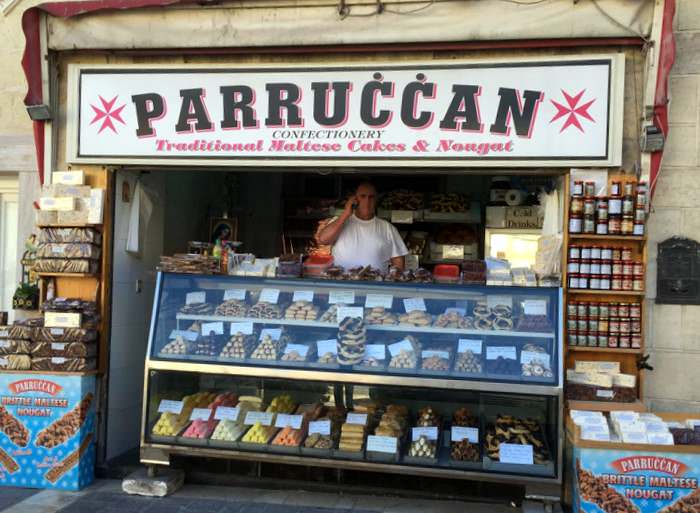
A streetfront confectionery in Rabat
Malta’s Amazing Food
So you find minestra and kannoli, local versions of the Italian minestrone (soup) and cannoli (dessert). The Greek pastitsio, a pasta dish, is re-conceived as the Maltese timpana — macaroni and meat sauce wrapped in a pastry shell. Tuscany’s bruschetta is eaten here as ħobż biż–żejt, the ubiquitous rustic bread of Malta rubbed with olive oil and fresh tomatoes. The local bread also accompanies bigilla — a spread made of broad beans, garlic, hot pepper, and spices.
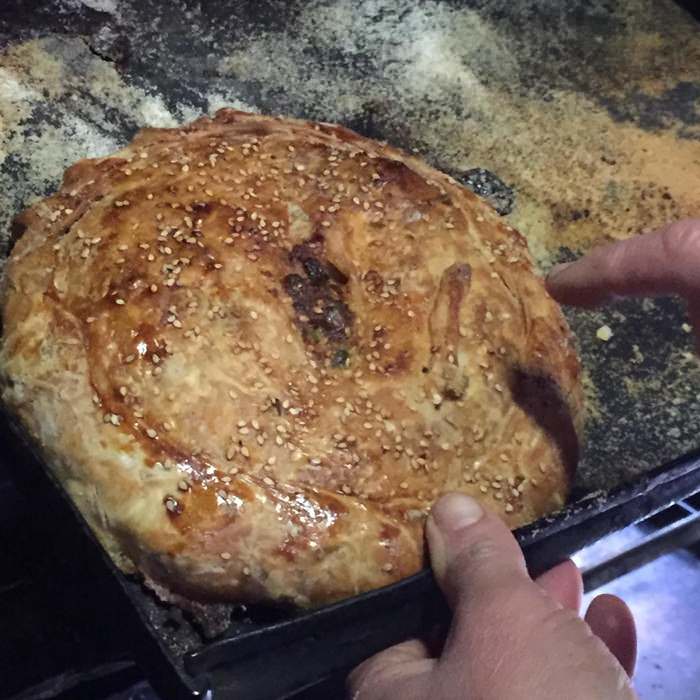
Bread hot from the oven at Mekren Bakery on Gozo-
French snails in garlic butter become bebbux, likewise served with lots of garlic. Kapunata is the Maltese caponata, which in turn is akin to the French ratatouille. The Arab-sounding qagħaq tal-għasel is a dessert pastry sweetened with treacle, a syrup beloved by the English. Pastizzi (filled pastries) reflect their Sicilian, Arabic, and French ancestry.
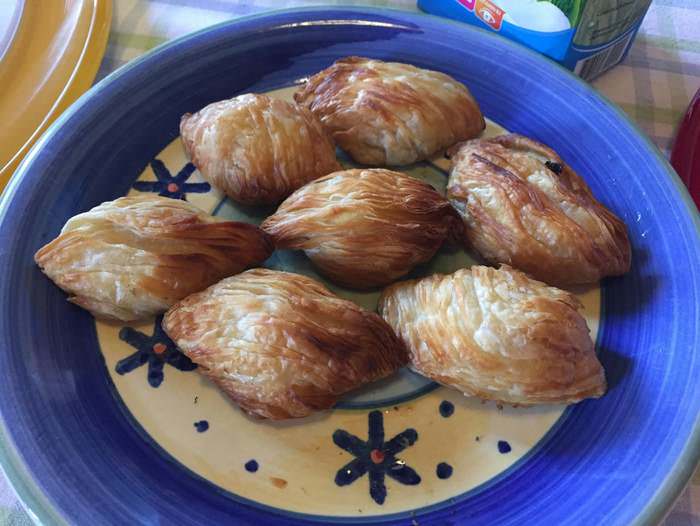
Pastizzi reflect their multi-cultural origins, including Sicily
Our visit coincided with the preparation of figoli, an almond pastry made only at Eastertime. Since I love marzipan, shop windows full of figoli were like toy stores at Christmas for a child. They are done in traditional shapes and decorated with sugar glaze in gorgeous colors and designs. They disappear after Easter, though, so you have to time your visit appropriately to try this one of Malta’s amazing foods.
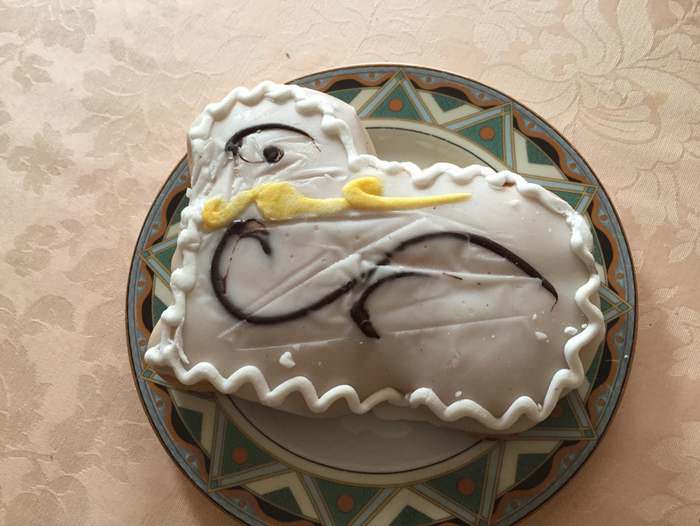
Figoli decorated for the Easter Holiday
The oldest bakery on Gozo is Mekren in the town of Nadur. Its selection of sweets and savories is second to none, and the wood-burning oven at the left of the shop throws its glow over the shopping experience as family members bustle around preparing all manner of diet-busters.

An old-fashioned oven at hundred-year-old Mekren Bakery on Gozo
Perhaps its greatest claim to fame is the Maltese version of pizza, ftira, made with a base of flat bread and heaped high with cheese, potatoes, onions, vegetables, and Maltese sausage. It’s a meal in itself.
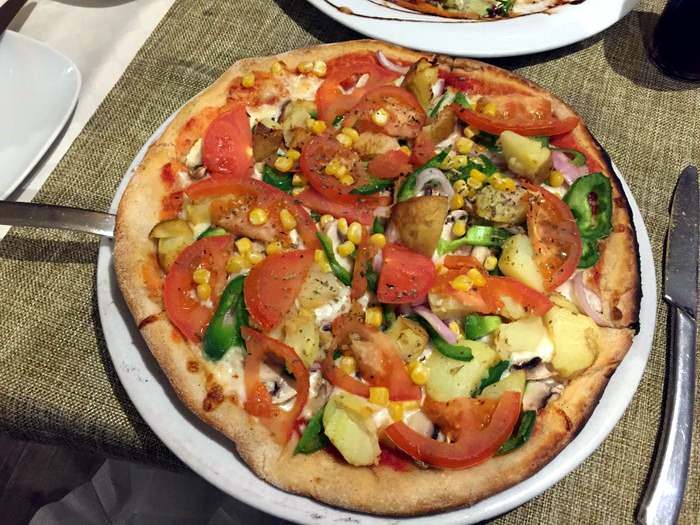
Malta’s favorite snack, ftira, a pizza on steroids
Carbohydrates predominate in Malta’s version of the Mediterranean diet; meat makes its appearance often as locally-raised rabbit (fenek) in garlic or tomato-infused sauces. The classic Maltese beef dish is bragioli – sliced beef that is pounded, rolled, and stuffed with local sausage, local ġbejniet cheese, eggs, and seasonings. This is NOT a dish for warm months, delicate stomachs, or cautious appetites.
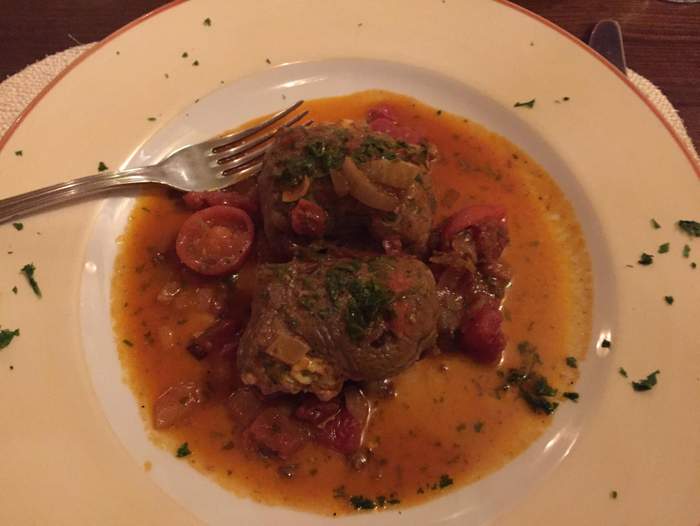
Bragioli (meat rolls stuffed with the kitchen sink) are a national dish in Malta
Fish swim in all the better restaurants, especially rockfish and ajjotta, the local version of bouillabaisse. At the Sunday fish market at Marsaxlokk, a fishing village in southeastern Malta, you will see the full range of local seafood. Residents as well as restaurateurs bargain for that morning’s catch while tourists take pictures. Because this has become a popular attraction, the market also sells honey, jams, produce, and souvenirs.
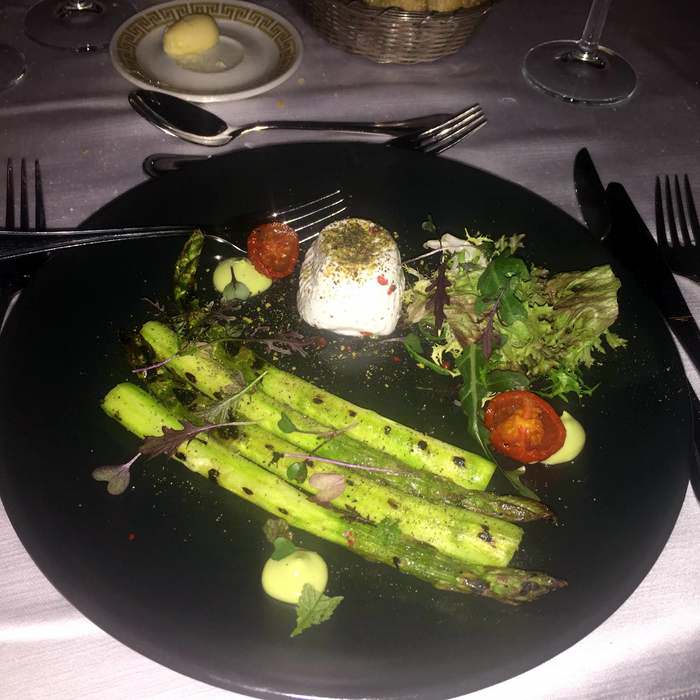
Asparagus and local cheese appetizer at the elegant restaurant of the Corinthia Palace in Attard
Late winter fruits and vegetables include prickly pears, eggplant, and figs, all of which can be found at the Saturday farmer’s market in Ta’ Qali, in central Malta. ONLY locally-grown produce is sold here so it is an authentic experience and changes with the season.
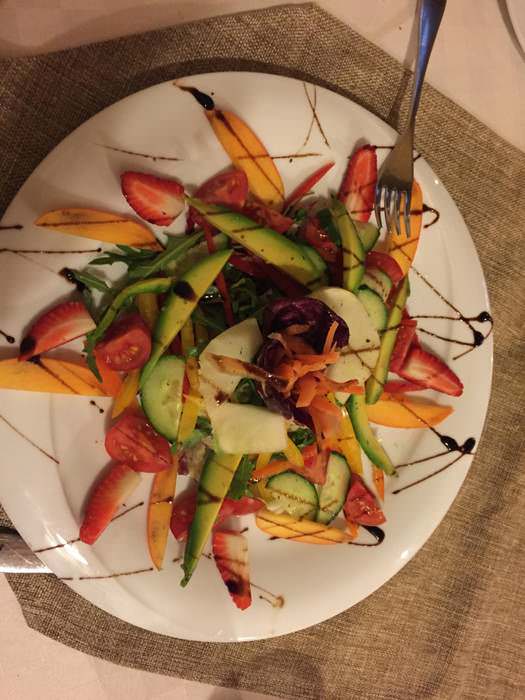
An improvised salad at Ta’ Vestru in Qala
Beverages in Malta
Equally authentic – and appreciated by connoisseurs — are the local wines made from indigenous gellewza (red) or għirgentina (white) grapes. Production is so limited that there isn’t enough for export so if you want to try them, you have to come to Malta. The two major producers are Emmanuel Delicata and Marsovin, both on the island of Malta and both amenable to visits.
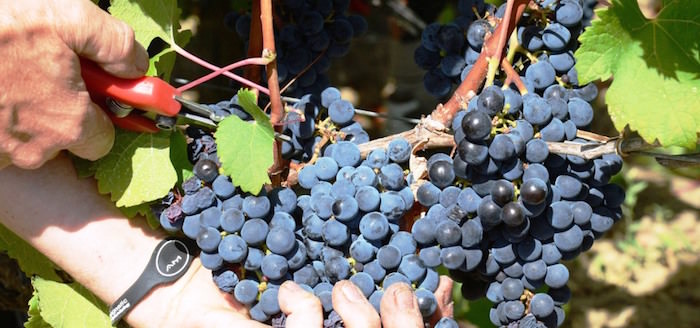
Harvesting grapes at the Emmanuel Delicata winery in Malta – courtesy of Emmanuel Delicata winery
Kinnie® isn’t made from local grapes but it is as Maltese as can be. You will see billboards for this soft drink from the moment you arrive. It was developed as an “anti-cola” drink in 1952 and is a bittersweet combination of bitter oranges and a long list of aromatic herbs. It is unique and a decidedly acquired taste.
Kinnie is produced by the Farsons Group, which also makes the country’s most popular local beer, Cisk, a bottom-fermented larger. Beer is part of local culture thanks to more than 160 years under British rule.
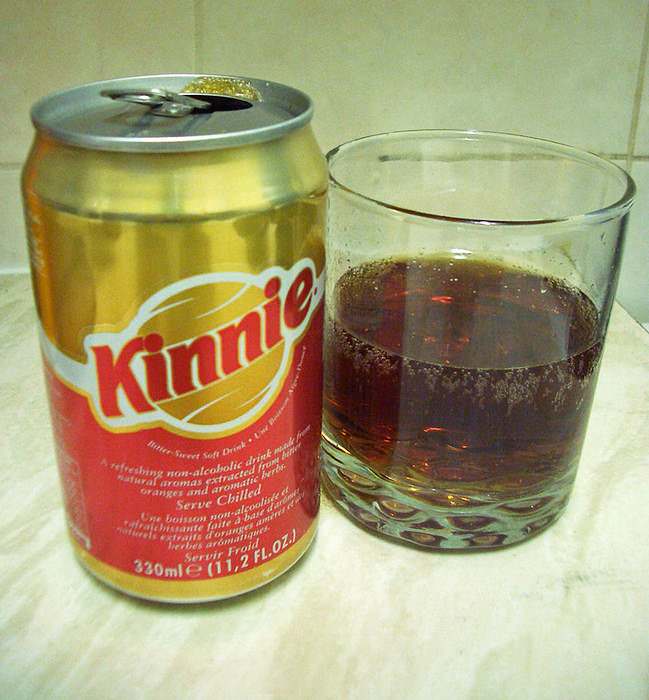
Malta’s answer to cola: Kinnie – photo courtesy of Wikipedia
Malta has several brands of mineral water. None can be labeled “natural mineral water” since not one meets the EU criteria for same. The economical San Michel brand comes from desalination plants on the islands. More expensive brands are partly or wholly based on groundwater. Locals will tell you that tap water is safe to drink, but you probably won’t want to, once you have tasted it.
The food of Malta is a unique and exciting blend of many Mediterranean cuisines – a destination for all the Foodies out there!
Written by and photos by (unless noted) Claudia Flisi for EuropeUpClose.com

Manuela Torres Kafes
Tuesday 12th of April 2016
Fascinating read. Loved info about foods,etc. I am familiar with most foods since my husband & I are Greek,Spanish Italian(Corsican) ancestry. Maltese language is of great interest too. Thank you, M.Kafes
Manuela Torres Kabfes
Tuesday 12th of April 2016
Facinating info about Malta. I was not able to visit, but still hope to go. My ancestry is Spanish & Corsican(Italian).
Bonnie Engelman
Friday 8th of April 2016
> The food of Malta is certainly a conglomeration of French, Italian, Middle Eastern and all sorts of influences. Ms Flisi does a great job by way of description and also the photos really drove the points home. Makes me want to go even more than I did before!